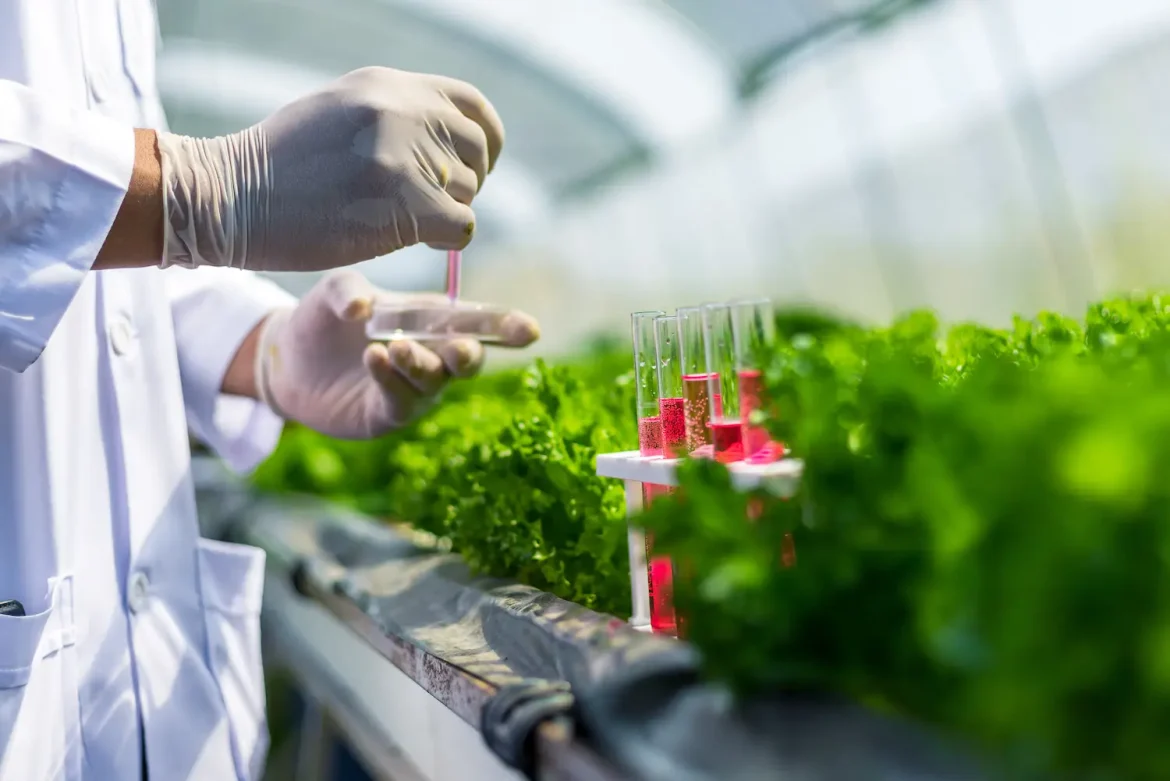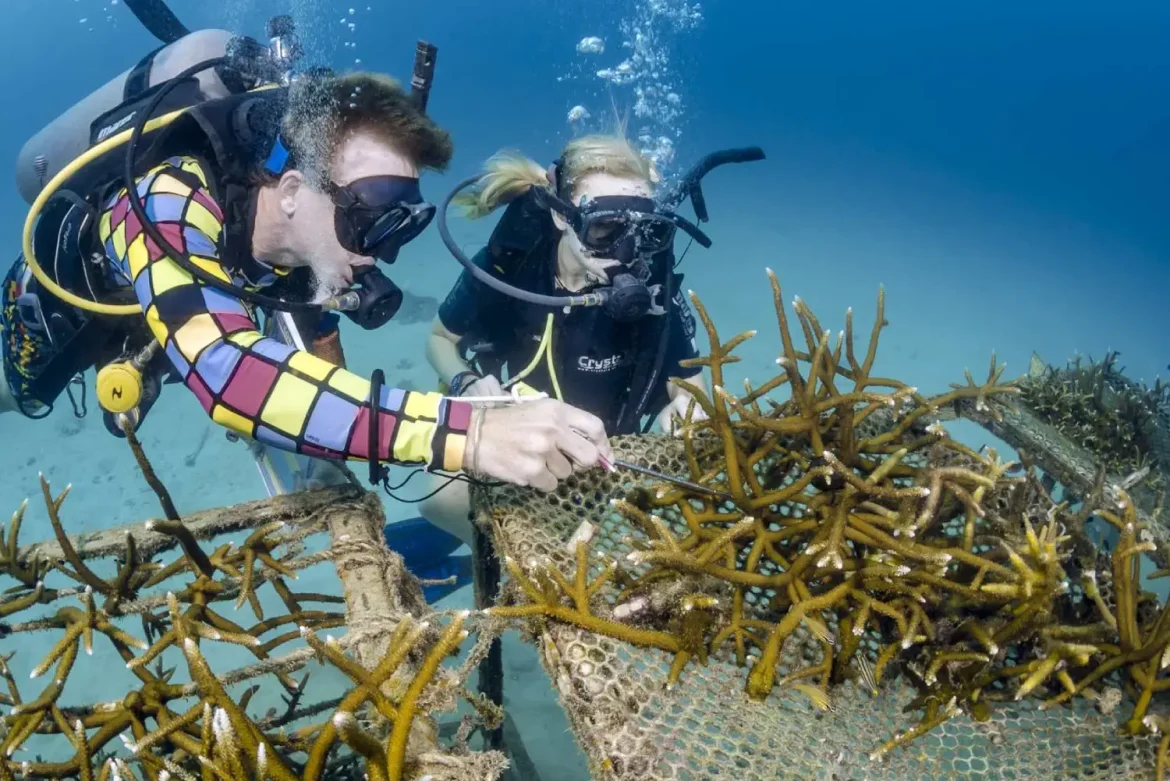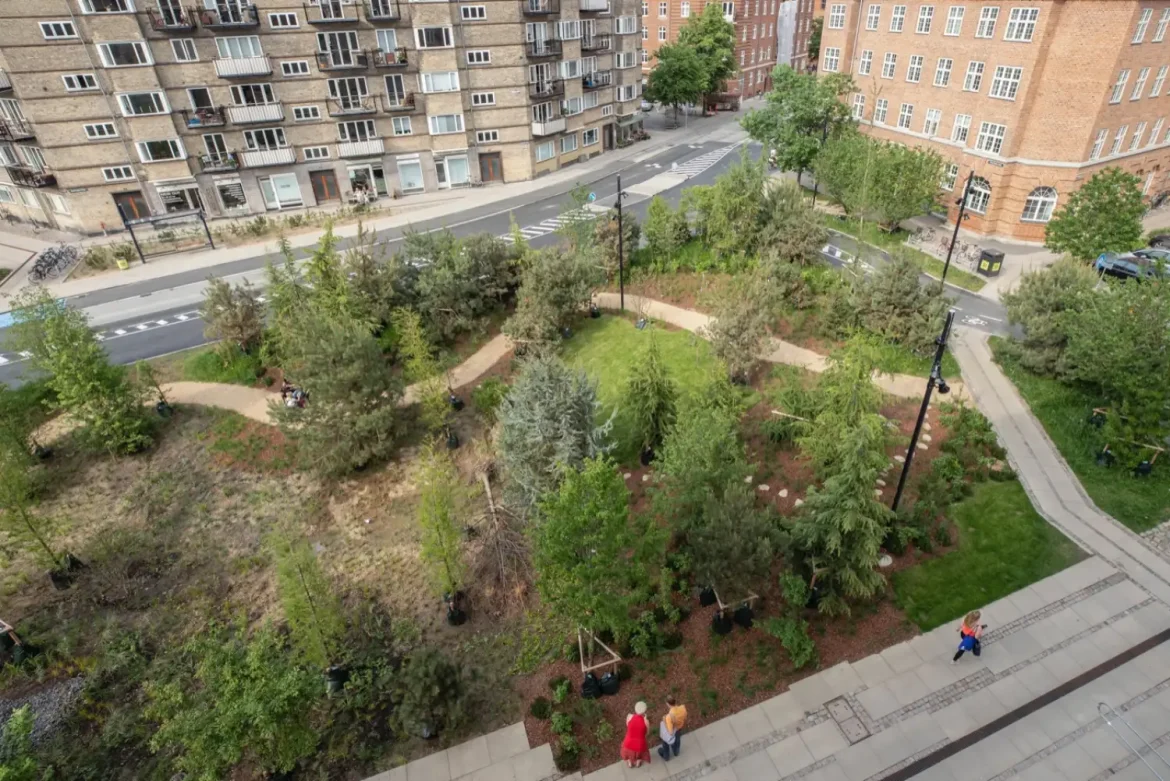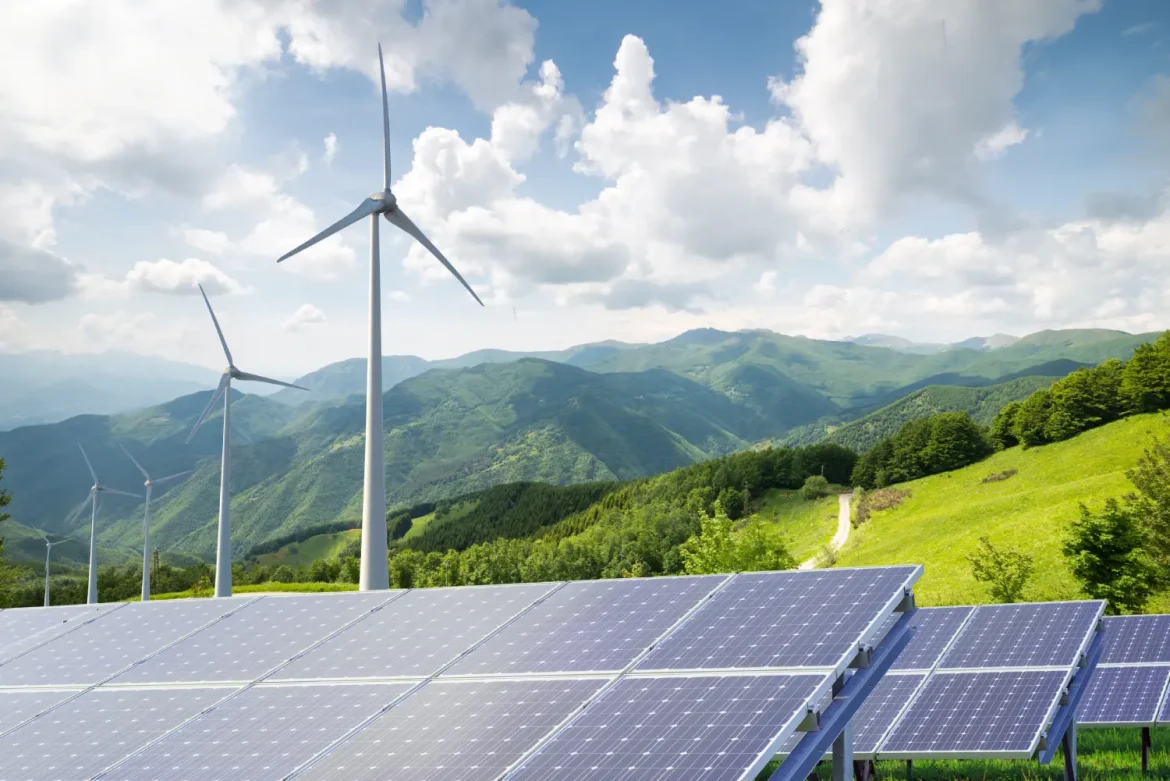Urban environments face growing challenges, from rising temperatures to increased pollution and limited green space. In response, Australian scientists and engineers are developing innovative urban green technologies aimed at improving sustainability and quality of life in cities. These initiatives combine environmental research with practical solutions that enhance energy efficiency, air quality, and community well-being.
One area of focus is green roofing and vertical gardens. Researchers have shown that integrating vegetation into buildings can reduce indoor temperatures, mitigate the urban heat island effect, and improve air quality. By absorbing carbon dioxide and filtering pollutants, these installations contribute to cleaner, healthier urban environments. They also provide habitats for birds and insects, promoting urban biodiversity.
Water management technologies are also being explored to support sustainable urban living. Rainwater harvesting systems, permeable pavements, and bio-retention gardens help manage stormwater, reduce flooding risks, and recycle water for non-drinking purposes. These systems not only conserve resources but also create green spaces that improve the visual and ecological quality of cities.





